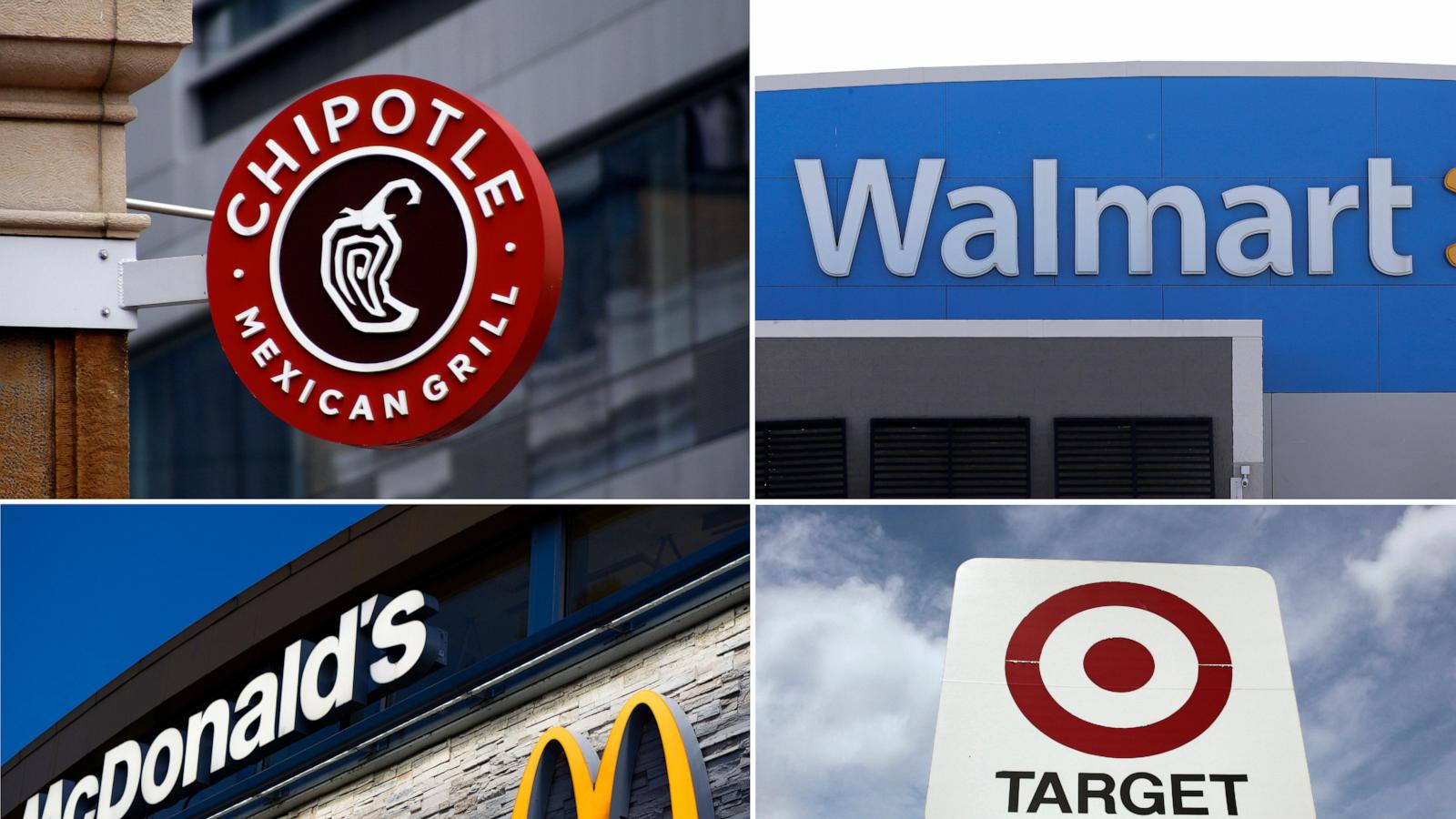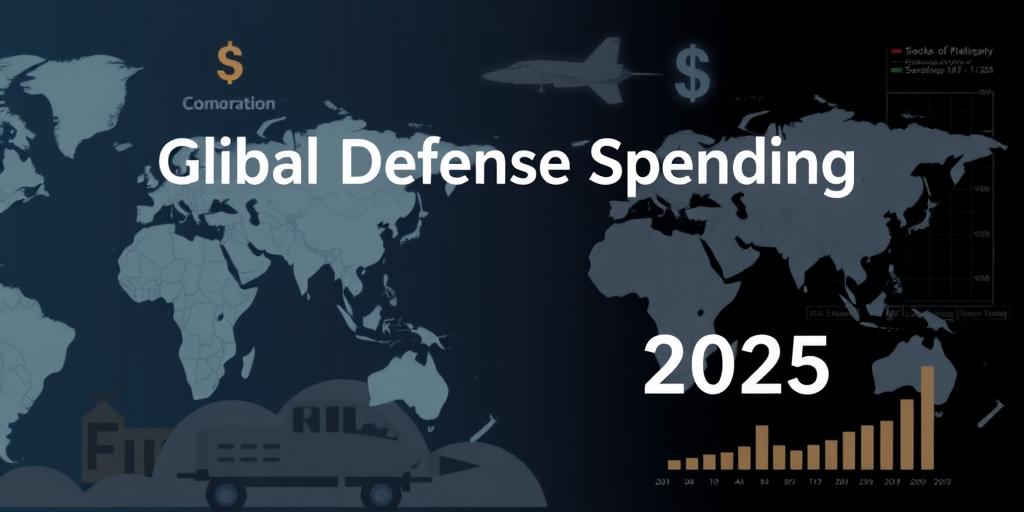
The Year of Value: How Consumers Redefined Spending in 2024
In 2024, value reigned supreme! Consumers, feeling the pinch of inflation and economic uncertainty, made drastic shifts in their spending habits. From trading down to budget-friendly giants like Walmart and Aldi to embracing home cooking over fancy restaurants, the year saw a dramatic reshaping of the retail and restaurant landscapes. This wasn't just about pinching pennies; it was a complete overhaul of consumer behavior, proving that even well-heeled shoppers aren't immune to the allure of a good bargain.
The Rise of Value Retailers: Walmart and Amazon Dominate
Walmart, the undisputed king of discount retail, saw its customer base expand to include higher-income households, a trend mirroring the 2008 recession. Their strategic expansion into online services and stylish apparel clearly resonated with budget-conscious consumers seeking quality without breaking the bank. This isn't just about groceries anymore; Walmart's success hinges on successfully attracting the luxury consumer and providing them with affordability and the best deals available on name-brand products.
Amazon's Bargain-Hunting Paradise
Meanwhile, online retail behemoth Amazon, already a leader in online deals, further cemented its position with initiatives like the launch of Amazon Haul, a low-cost storefront offering products priced under $20. Prime Day's record sales are testament to its successful strategy of tapping into value-seeking consumer needs, though they might encounter headwinds with impending tariffs and labor issues in 2025. In response to consumer demands for better value, more retailers and companies are trying to figure out a similar model to Amazon and Walmart, and some might see this strategy working as well.
Fast Casual's Sweet Spot: Finding Value in Upscale Fast Food
Fast-casual chains positioned themselves perfectly within this value-driven environment. Cava's 33% revenue surge shows the public's preference for fresh and reasonably priced options. Even Chipotle, facing initial backlash over portion sizes, recovered its market share through retraining efforts and restored generosity with its food. This showcases the impact of adjusting portions to meet consumers’ current standards, helping to sustain the reputation of the brand for both value and customer satisfaction.
Shake Shack and other restaurant's appeal to younger crowds
Fast food giants like Shake Shack and Chipotle have developed cult followings, and consumers' appetites for convenient and affordable food have bolstered these companies and enabled them to successfully continue their expansion. Although economic changes can challenge this trend, if restaurants adapt to consumer preferences, especially focusing on deals and promotions, they may easily be able to avoid declining revenue, in many cases.
Fashion Trends: Wide-Leg Jeans Take Center Stage
The dominance of wide-leg jeans across all price points illustrates how style and affordability can coexist. From affordable $29 Walmart options to Gucci's high-end counterparts priced at $1200, wide-leg jeans proved universally appealing, signifying that even during a value-driven market, consumers won’t always compromise style over budget. It's all about a happy medium that combines affordability and stylish items to help meet consumers' standards and needs.
Affordable clothing trends versus high fashion
Walmart and Amazon are winning over value-seeking customers by capitalizing on clothing trends, indicating that when affordable and fashionable clothing options are widely accessible, the clothing industry might easily reach a larger audience. Conversely, Gucci's appeal to high fashion might lead to more consumers prioritizing expensive, branded items over budget-friendly options, which could result in higher costs for other, more necessary, products.
Value vs. Luxury: Where Do We Draw The Line?
Department stores like Kohl’s and Macy's experienced significant challenges, and several legacy restaurants also filed for bankruptcy. Target, while showcasing its successful promotion with Taylor Swift's products during Black Friday, highlights the precarious position of middle-market retailers against discount giants and consumer desires for value and affordability. Big-ticket items faced a slump as consumers curtailed discretionary spending. But upscale brands like Nordstrom Rack continued to thrive as consumers increasingly prioritize strategic choices and balance financial prudence with specific purchasing priorities.
Starbucks' Challenges: Complexity vs. Affordability
Even Starbucks struggled with its high prices and overly complex order systems leading to customer dissatisfaction, thus indicating consumers' needs regarding value and affordability are expanding beyond mere price points and targeting efficiency and convenience as well. The hiring of a new CEO highlights the need for drastic change. Meanwhile, McDonald’s rebound shows the power of strategic deals, even after its e. coli incident damaged its credibility with consumers. These companies' attempts to improve their operations and gain consumer confidence suggest there is still hope for them, provided they appropriately handle such situations in the future.
Take Away Points:
- Value was king in 2024, impacting both consumer behavior and the success of retailers and restaurants.
- Discount retailers like Walmart and Amazon thrived amidst economic uncertainty.
- Fast casual chains presented a balance of affordability and quality.
- High fashion trends like wide-leg jeans demonstrated that style and value can coexist.
- Luxury and middle-market businesses struggled to maintain market share.
- Strategic pricing, consumer-centric changes, and dealing with crises directly can prove key to business survival in a market heavily focused on value.








